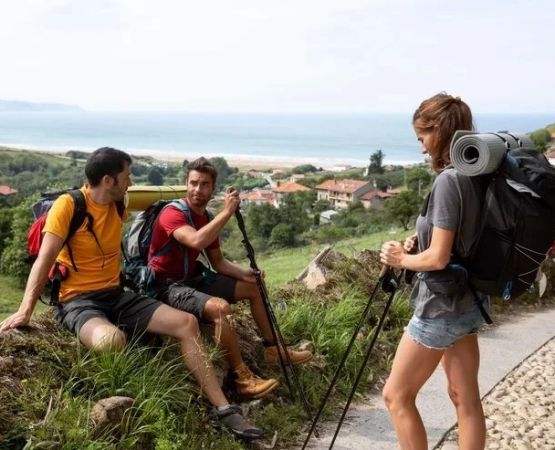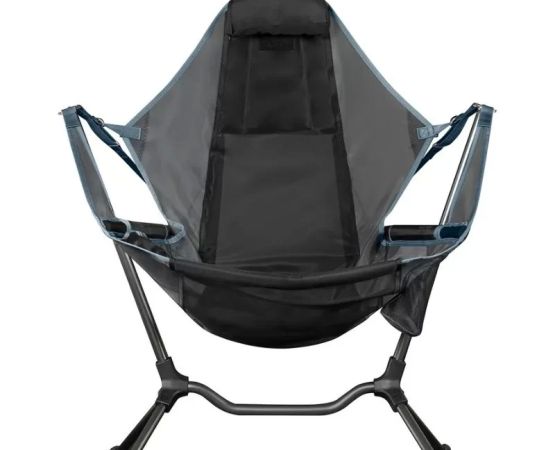- fly-fishing-begins-with-the-right-gear
- selecting-the-ideal-fly-rod-and-reel
- line-leader-and-tippet-the-underestimated-trio
- flies-for-every-situation
- the-supporting-cast-waders-vests-and-tools
- stories-from-the-stream
- gear-up-at-pine-cliff-resort
1. Fly Fishing Begins with the Right Gear
Fly fishing is a poetic, skillful form of angling—and like any art, the tools matter. Whether you're a novice on a remote Montana stream or a seasoned caster seeking trout in upstate New York, having the right fly rod and reel is essential. These tools aren’t just functional—they're extensions of your rhythm and understanding of the water.
2. Selecting the Ideal Fly Rod and Reel
2.1 Fly Rod Weight and Length
Rod weight (typically between 3wt and 8wt) determines what kind of fish you’re targeting and how large your flies will be. A 5wt rod is the universal sweet spot for beginners. Length also matters—shorter rods (7–8 ft) are ideal for tight streams, while 9-footers suit open water and longer casts.
2.2 Fly Reel Drag System
A reliable fly reel should have a smooth drag system, especially if you're chasing hard-fighting fish like bass or steelhead. Modern large-arbor reels offer quicker line retrieval and better drag performance, which can mean the difference between landing a fish and watching it break off mid-run.
3. Line, Leader, and Tippet: The Underestimated Trio
3.1 Fly Line
Matching your fly line to your rod weight is crucial. For instance, a 5wt rod pairs with a 5wt floating line. Lines come in various designs—floating, sinking, or weight-forward—and each serves different water depths and casting techniques.
3.2 Leaders and Tippets
The leader transitions the thick fly line to your delicate fly, often tapering down to a fine tippet. Think of the tippet as the invisible connector—it must be nearly weightless but strong. Fluorocarbon tippets offer invisibility, while nylon remains popular for surface presentations.
4. Flies for Every Situation
Choosing the right fly is both science and art. Dry flies float on the surface imitating adult insects. Nymphs drift below to mimic larvae. Streamers resemble baitfish and can provoke aggressive strikes. Local hatch charts and observation will guide your fly choice, but always bring a diverse selection.
5. The Supporting Cast: Waders, Vests, and Tools
5.1 Waders and Boots
A solid pair of breathable waders is non-negotiable if you're fishing cooler waters. Pair them with felt-soled or rubber-soled wading boots—some even opt for studs for better grip. Always prioritize comfort and fit.
5.2 Vests, Packs, and Accessories
Fly fishing requires constant access to gear. Vests offer convenient pockets for fly boxes, forceps, and floatant. Chest or sling packs have become modern favorites for their sleek design. Don’t overlook essentials like nippers, hemostats, and a quality net with a rubber basket.
6. Stories from the Stream
Mike, a teacher from Oregon, shared his breakthrough moment: “I hooked a rainbow trout in a slow bend of the Deschutes River using a hand-tied elk hair caddis. That fish wasn’t huge, but it was earned—thanks to the right tippet strength and knowing the hatch.” It’s these kinds of moments that make preparation and gear selection truly worthwhile.
Whether you’re standing in an Appalachian brook or wading a Rocky Mountain creek, your connection to nature deepens with each cast. The fish become a bonus—your real catch is the experience itself.
7. Gear Up at Pine Cliff Resort
Ready to explore fly fishing with confidence? Pine Cliff Resort is your one-stop shop for curated fly rods, reels, waders, and accessories that match your experience level and fishing goals. Whether you’re gearing up for your first trip or upgrading your setup, you’ll find tested products that seasoned anglers trust.
Fly fishing isn’t just a sport—it’s a lifestyle. With the right gear in hand, every stream becomes an invitation, and every cast a story waiting to unfold.







